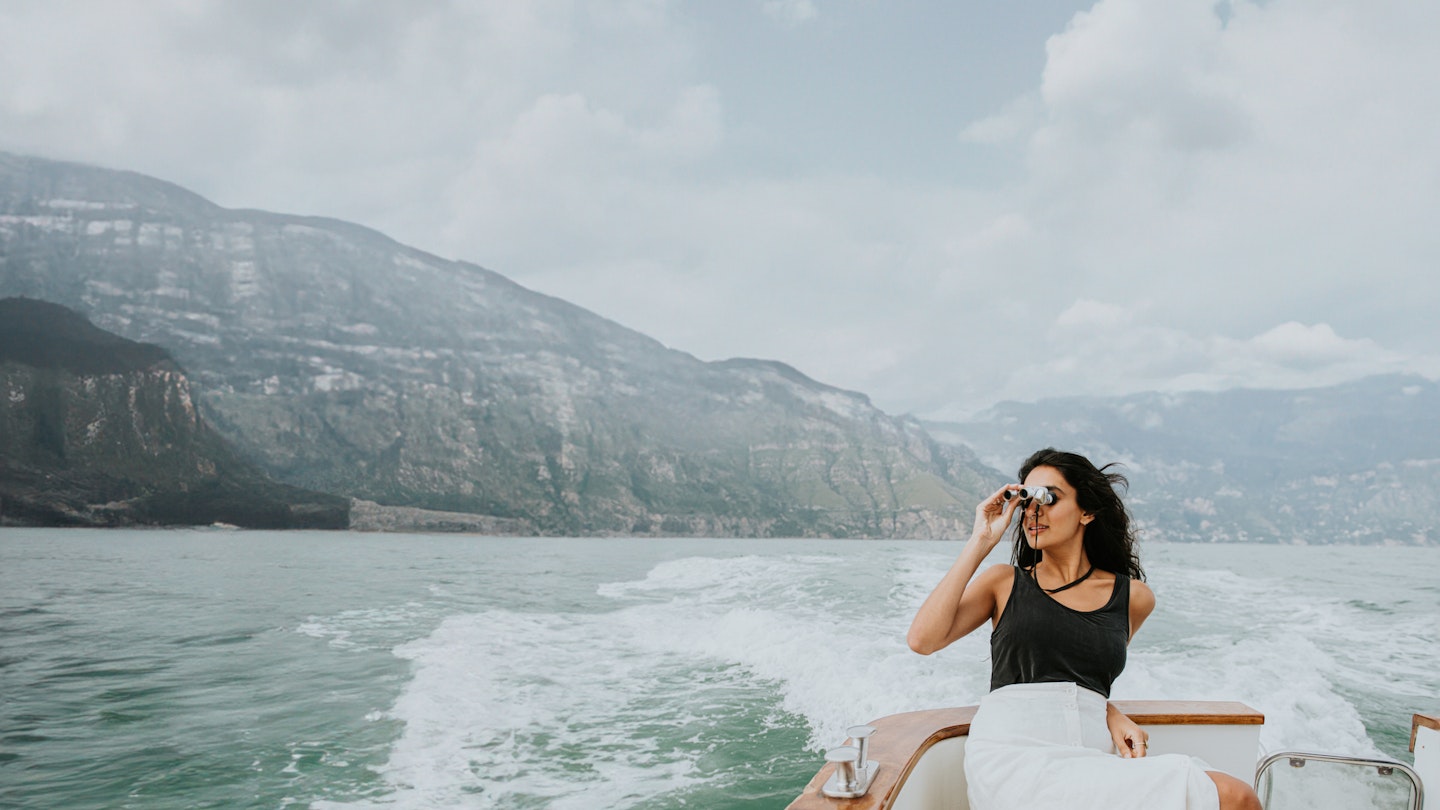With its iconic monuments, timeless landscapes, and irresistible food, Italy is one of Europe’s most alluring destinations. Its historic cities promise thrilling art and architecture at every turn, while its varied coastlines and Alpine heights provide a stunning outdoor playground.
When Should I Go to Italy?
The short answer is anytime. Spring and fall are best for sightseeing, touring, and seasonal food. It’s warm without being stifling, and nature is in full color. However, glorious blue-sky weather brings crowds and high-season prices in main cities.
Summer sees cities empty as holidaymakers head to the coast, causing prices to skyrocket in popular areas. Conversely, winter is quiet, though low-season rates and empty museums make it a decent option for a city break.
How Much Time Do I Need to Visit Italy?
Realistically, you’ll need at least two to three days in top cities such as Rome, Florence, and Venice. This duration won’t cover everything but will allow you to explore key attractions and experience the local culture.
If you’re prepared to move fast, a whistle-stop 10-day tour can be organized, covering Venice, Florence, and more. Alternatively, consider exploring a specific area in-depth.
Is It Easy to Get In and Around Italy?
Italy is well served by air with flights from across the globe. Major airports include Rome Fiumicino and Milan Malpensa. Once in Italy, train travel is the best option between major cities, while buses are ideal for mountainous regions. Most major cities have decent public transport, but many historic centers are walkable.
Top Things to Do in Italy
Tour Rome’s Greatest Hits
Rome, Italy’s charismatic capital, is a treasure trove of history. Notable sites include the Colosseum, the Pantheon, and Vatican City, home to St Peter’s Basilica and the Sistine Chapel. Be sure to toss a coin into the Trevi Fountain to ensure a return to this Eternal City.
To enjoy authentic Roman cuisine, opt for a traditional pizza or pasta carbonara from local establishments.
Marvel at Masterpieces in Florence
Approximately an hour and a half north of Rome by train, Florence dazzles visitors with its Renaissance architecture and exquisite artworks. Highlights include Michelangelo’s David and Botticelli’s Birth of Venus. Explore the vibrant markets and indulge in a cocktail at a local café.
Get Lost in Venice’s Backstreets
Venturing into Venice’s winding streets is a unique experience. Begin your exploration with a vaporetto ride along the Grand Canal to Piazza San Marco. Enjoy local snacks known as cicchetti at charming bars scattered across the city.
Feast on Pizza, Art, and Street Life in Naples
Naples is energetic and bursting with character. Its backstreets are a delight to explore, showcasing royal palaces filled with art collections. Don’t miss trying the iconic Neapolitan pizza at one of its historic pizzerias.
Cruise the Italian Lakes
The Italian Lakes are popular vacation spots ringed by stunning Alpine landscapes. Explore Lake Maggiore and the opulent Isole Borromee or cruise the scenic Lake Como, stopping at exquisite villas and charming villages.
Your Italy Experience
Italy’s beauty is undeniable. The simple pleasures of enjoying a leisurely lunch, sipping prosecco by the canals, or exploring historic streets make the experience worthwhile. Rome’s vibrant life set against historic monuments creates unforgettable memories.
How Much Money Do I Need for Italy?
While Italy can be expensive, deals are possible with early planning. Daily expenses can vary significantly based on location:
- Double room in an agriturismo: €40-80
- B&B room: €60-140
- Coffee (standing at a bar): €1.10
- Midrange meal: €25-35
- Glass of wine: €5-8
- Museum admission: €10-20
- Public transport ticket in Rome: €1.50 for 100 minutes
- High-speed train ticket from Rome to Florence: €55
Frequently Asked Questions
This is Italy, So Do I Have to Dress Up All the Time?
No, comfort is key, especially during sightseeing. However, certain religious sites may require appropriate attire, including covered shoulders and thighs for entry.
What’s the Score with Tipping?
Tipping isn’t mandatory in restaurants as service is often included in the bill. If you choose to tip, a few euros is acceptable in casual settings, while more upscale dining may warrant around 5-10%.
What’s This About Not Drinking a Cappuccino After 11 am?
In Italy, it’s customary to enjoy cappuccinos primarily during breakfast hours. While visitors can choose freely, understanding these preferences can enhance your experience.
What’s the Card vs. Cash Situation?
Most establishments are obliged to accept cards, but carrying a small amount of cash is advisable, especially in smaller venues where card payment systems may be less reliable.
This article was originally published on May 24, 2019, and updated on Feb 28, 2024.





